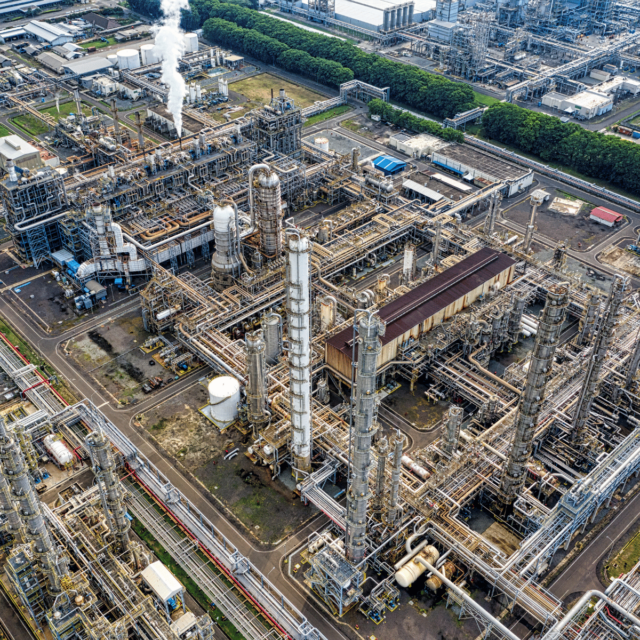- Home
- Publications
- Investigating New Zealand-Australia Productivity Differences: New Comparisons At Industry Level
Investigating New Zealand-Australia Productivity Differences: New Comparisons at Industry Level
 Pub. Date
Pub. Date
 Pub. Type
Pub. Type
Authors
Related Themes
Productivity, Trade, and Regional EconomiesJEL Code
JEL: D24 – Production; Cost; Capital, Multi-factor and Total Factor Productivity; Capacity; JEL: O47 – Measurement of Economic Growth; Aggregate Productivity
Journal
New Zealand Productivity Commission Working Paper 2013/02
External Resources
Issue
Wellington: New Zealand Productivity Commission.
Average labour productivity (ALP) levels in New Zealand across the whole economy are now almost a third lower than in Australia. This gap began to open up in the mid-1970s and, with some fluctuations, has largely tended to increase over the decades since. Although much attention has been paid to the apparent causes of this gap at the aggregate economy level, only a few efforts have been made to identify the particular industries in which the New Zealand disadvantage lies and to investigate whether there are any industries in which New Zealand performance compares more favourably against Australia. In order to help fill this gap in knowledge, this report first presents new estimates of comparative ALP levels and growth rates for 24 market industries (that is, excluding industries that are dominated by public sector activities). These market industries account for just over three quarters of total hours worked in both New Zealand and Australia. We then draw on new estimates of physical capital-intensity and skills at industry level in each country to generate estimates of relative multi-factor productivity (MFP) levels and growth rates between 1997-2010. Since MFP captures the share of growth in ALP that cannot be attributed to measured growth in capital and skills per hour worked, it can be seen as a rough indicator of the efficiency with which capital and labour inputs are utilised. These estimates are based on standard growth accounting techniques which help to identify the ‘proximate’ causes of inter-country productivity differences. The ‘ultimate’ causes of Australian-New Zealand productivity differences must remain the subject of continued research and discussion.
Related Blog Posts

Exploring the Data on UK Productivity Performance
Issam Samiri
Stephen Millard
11 Dec 2023
4 min read

UK Investment Past and Prospects: A Framework for Analysis
Catherine Mann
01 Dec 2023
6 min read


Where Are We With Regional Inequalities in the UK?
Adrian Pabst
Jagjit S. Chadha
01 Nov 2023
5 min read
Related Projects
Related News


Related Publications


Productivity and Investment: Time to Manage the Project of Renewal
12 Mar 2024
UK Productivity Commission

Pay-Setting Among Employers in the Agriculture, Cleaning, Hospitality and Retail Sectors
11 Mar 2024
Research Report

Related events

Investing for Growth: boosting productivity through higher public and private investment

The Outlook for the Welsh Economy

Prais Lecture with Chris Pissarides: The Future of Work and Wellbeing

A View and Prospects for British Investment

How Can We Raise Investment?

Productivity Commission Evidence Session: Examining the Role of International Investment

High Dimensional Forecasting and its Pitfalls – M. Hashem Pesaran

Finance and Growth Workshop







